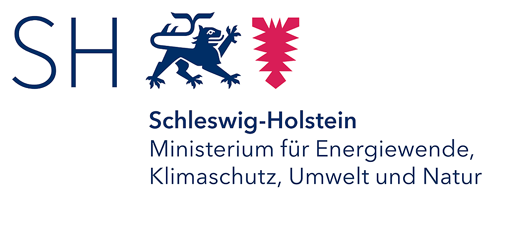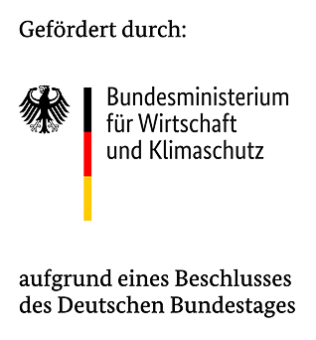Traffic-technical and traffic-psychological evaluation
Dresden University of Technology: Faculty of Transport Sciences "Friedrich List",
Prof. Dipl.-Ing. Ltd. BD Reinhard Koettnitz representing Univ.-Prof. Dr.-Ing. Dr. e. h. Christian Lippold
Since overhead lines are still an unfamiliar sight for the affected road users, any influences on driving behavior, in particular speed, lane and distance behavior, are compared before and after construction of the system.
In order to be able to better assess the effects of changes, a comparison of different traffic events is made in each case over a period of three years before and with overhead lines.
Methodology
For the anonymous and random recording of the driving behavior of road users, a measuring system was installed on the right edge of the carriageway behind the vehicle restraint system of the multi-lane section of road, whose LIDAR sensors emit an invisible infrared light in pulses. If the infrared beams are reflected by a vehicle, the measuring system determines the position of the vehicle by measuring the time of flight. In addition to position determination and speed detection, the measuring device recognizes the various height profiles of motor vehicles and can thus roughly classify them, measure their distances from each other and assign their lanes. The recorded vehicles are divided into classes (cars, trucks, etc.) and the change in driving behavior is evaluated.
Result
Speed behavior without overhead contact line
Tracking behavior
Without overhead line
Spacing behavior without overhead contact line
Across all vehicle classes, it can be seen that the gap is often less than two seconds.
Dipl.-Ing. Matthias Rohrbach im Interview
Dipl.-Ing. Matthias Rohrbach ist Mitarbeiter an der Professur für die Gestaltung von Straßenverkehrsanlagen an der Technischen Universität Dresden und befasst sich mit Fragestellungen rund um die Verkehrssicherheit.
„Unsere Fragestellung bezieht sich vor allen Dingen auf die Verkehrsteilnehmenden selbst. Das heißt, wir wollen wissen, ändert sich das Fahrverhalten dadurch, dass wir die Oberleitung in den Verkehrsraum einbringen.“, erklärt Rohrbach.



